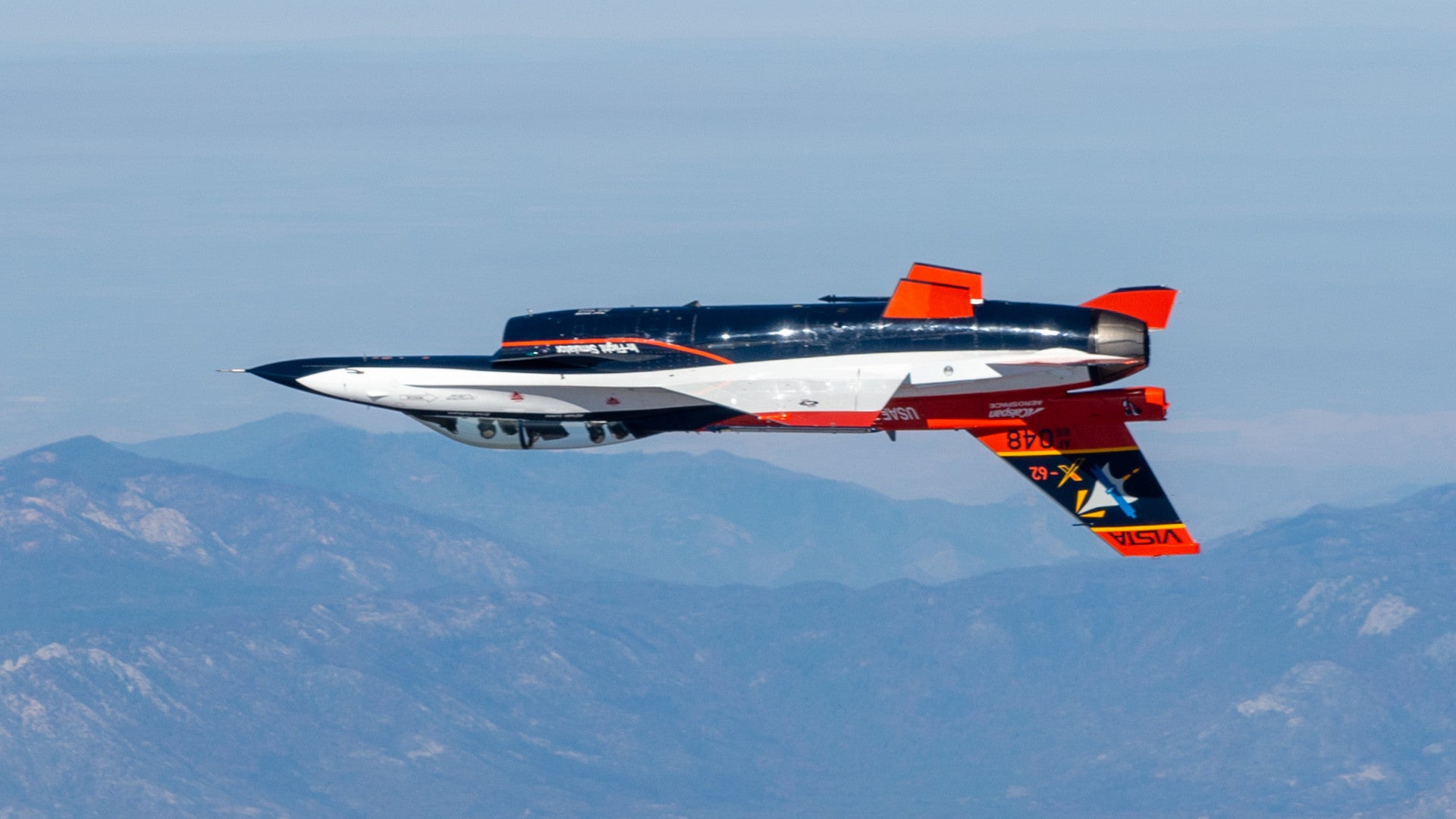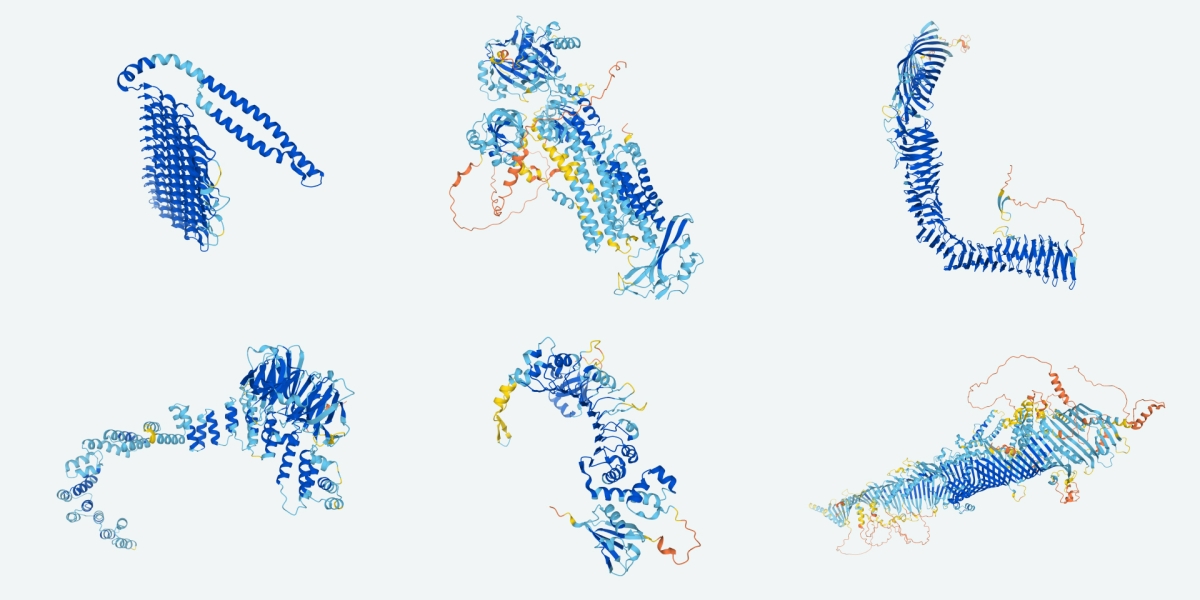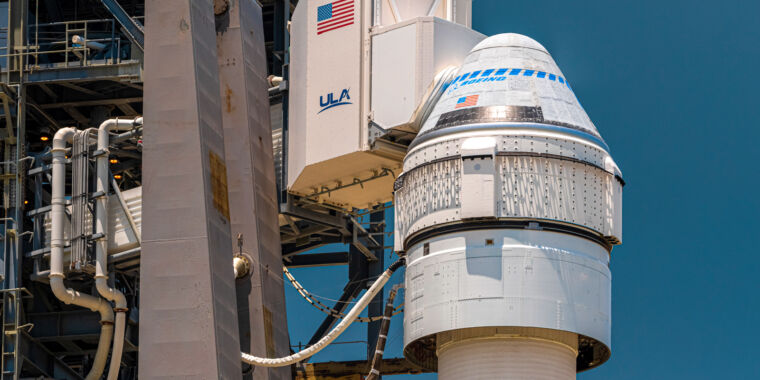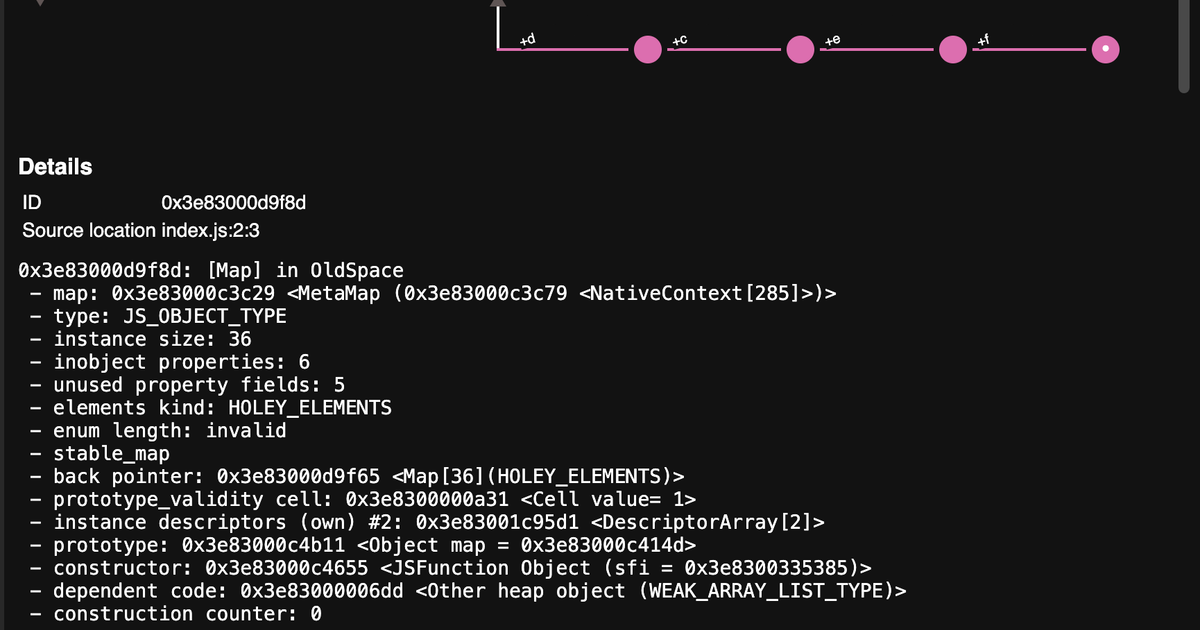
Next Big Challenge For AI Dogfighting Is Keeping Track Of Enemies Up Close
Despite a breakthrough mock dogfight, actually sensing where the enemy is at during a tight-turning battle is a huge challenge to overcome.
The U.S. Air Force has made real breakthroughs in autonomous air combat, announcing last week that its X-62A test jet running on an artificial intelligence (AI) 'brain' went head-to-head with a crewed fighter in a mock dogfight. While a major achievement, significant hurdles remain to operationalizing such a capability, especially when it comes to knowing where the bad guy is at all times in a twisting and turning close-in aerial brawl. Given the complexities involved, if the Air Force can make AI-driven dogfighting a reality, other autonomous air combat tasks will follow more easily. As one source familiar with the drive to develop autonomous air combat systems previosuly told TWZ "If you can autonomously dogfight, then you can do pretty much anything else."
Readers can get fully up to speed on the landmark live mock dogfight test in The War Zone's initial reporting here, but to recap quickly here, the X-62A test jet, a heavily modified two-seat F-16D Viper also known as the Variable-stability In-flight Simulator Test Aircraft (VISTA), squared off against a crewed F-16 for the first time last September. The X-62A flew the dogfight in a fully autonomous mode using an AI and machine learning-driven software package, though a pilot was in the cockpit the entire time as a safety measure. The flight test was conducted as part of a program called Air Combat Evolution (ACE), which the Defense Advanced Research Projects Agency (DARPA) is leading. The U.S. Air Force, as well as several private contractors and academic institutions, are also participating in ACE.



















